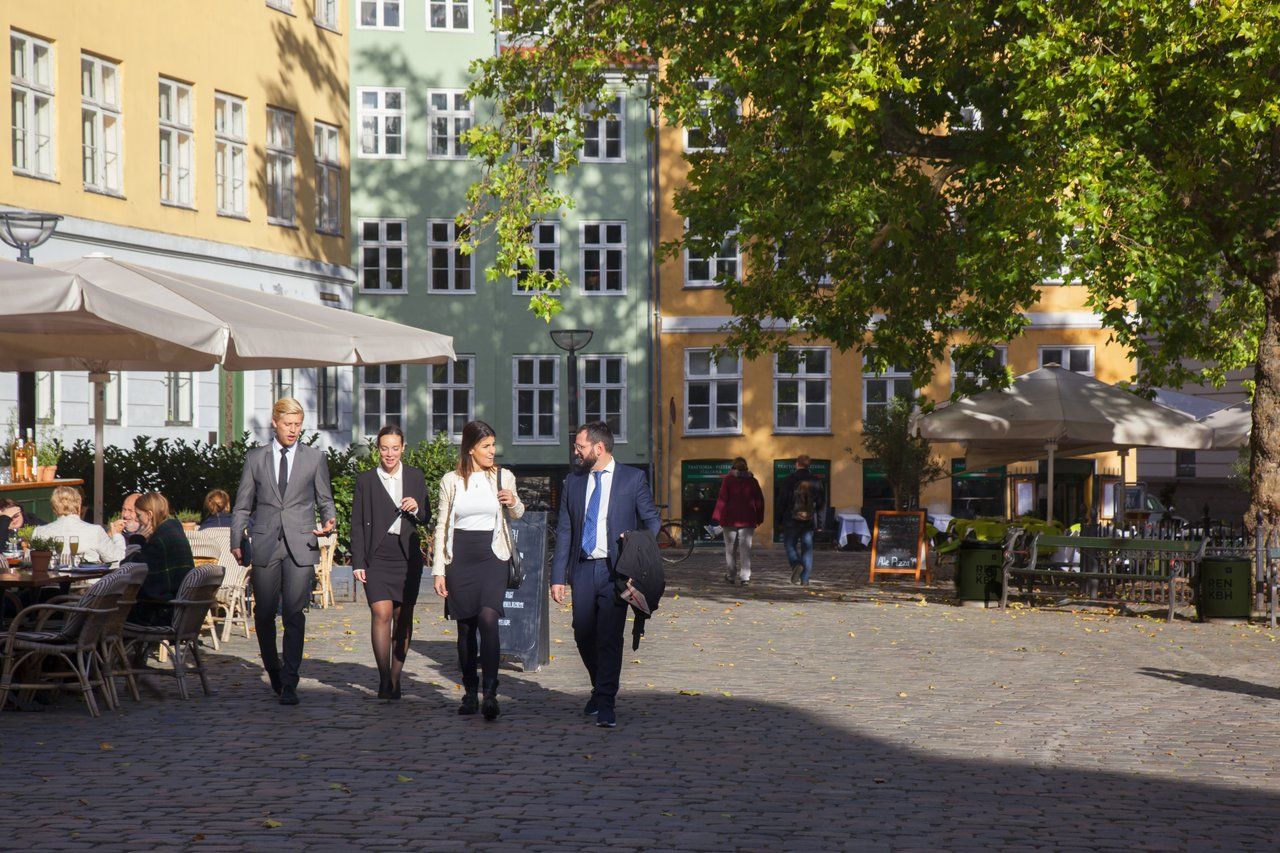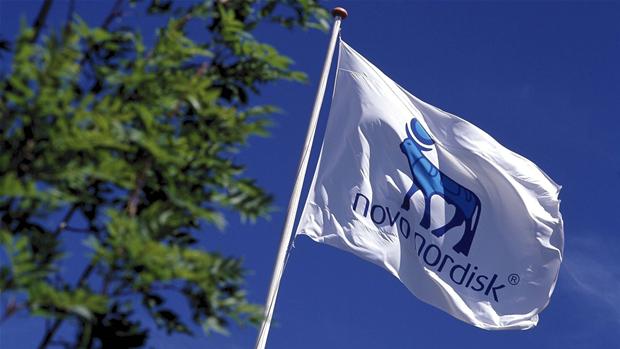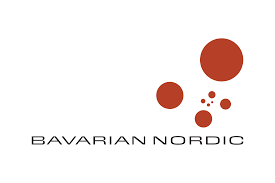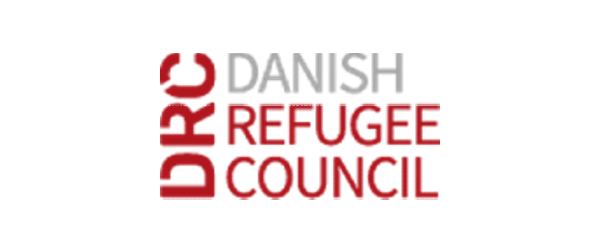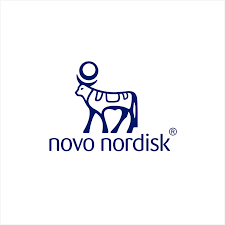This summer the European Health Insurance Card (EHIC) will replace the familiar yellow CPR medical card for Danes looking for medical coverage in the EU. Even though the change is just around the corner, one out of three Danes has no idea what is covered, and over half are not sure when the new rules come into effect, according to a new study from the insurance company Codan.
“It is a little disturbing that one out of ten think that the blue card is a supplement to the familiar yellow card, while another ten percent think that the blue card covers the whole world,” Pernille Dahl, a spokesperson at Codan told BT newspaper.
The Danish yellow CPR card is unique in Europe – Sweden and the UK, for example, don’t automatically insure their residents on holiday in Europe – and many think that the blue EHIC performs the same function.
Travel not covered
Dahl said that too many Danes think that the EIHC card gives them the same coverage while they travel that they are afforded at home by their CPR card. In fact, the card only gives a traveller the rights and benefits offered in the country in which they are receiving treatment. Danes may wind up being liable for costs they are not accustomed to paying, including extremely expensive travel costs.
“Danes can wind up being surprised by a big bill if they think their travel costs are covered,” said Dahl. “Only private travel insurance covers that – and not even all of them do so.”
READ MORE: CPR cards will no longer provide EU insurance coverage
Dahl said that travellers should both check how much private insurance they carry and make sure that they have ordered the EIHC if they plan to holiday in Europe after August 1.








